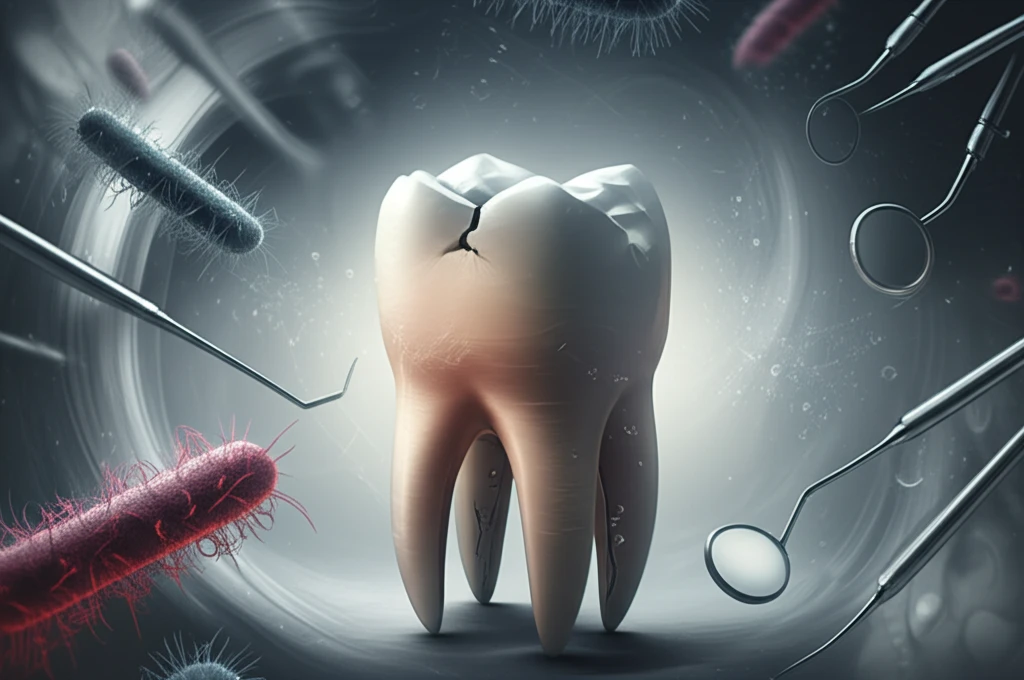
Cracked Crowns: Why Dental Restorations Fail and How to Protect Your Smile
"Uncover the primary reasons for dental crown replacements and learn practical steps to extend the life of your dental work. Are your crowns at risk?"
A radiant smile is often the result of meticulous dental care, and for many, dental crowns play a vital role in achieving that perfect set of teeth. These durable caps, typically made of porcelain or ceramic, restore damaged teeth, improve alignment, and enhance overall appearance. However, like any dental restoration, crowns aren't immune to wear and tear, and they can eventually fail, necessitating replacement. Understanding the reasons behind crown failures is crucial for both patients and dental professionals to ensure longevity and maintain optimal oral health.
Crown replacements can be a significant expense, both financially and in terms of time. More importantly, repeated dental work can impact the long-term health of the underlying tooth structure and surrounding tissues. While materials and techniques have advanced considerably, certain factors consistently contribute to the need for replacements. By identifying these common pitfalls, you can take proactive measures to extend the lifespan of your crowns and safeguard your smile.
This article dives deep into the primary causes of metal-ceramic fixed dental prostheses failure, drawing on clinical research and expert insights. We’ll explore the role of periodontal disease, the impact of marginal defects, and other critical factors that affect crown longevity. Armed with this knowledge, you’ll be better prepared to work with your dentist to ensure your crowns stand the test of time.
The Telltale Signs: Why Crowns Need Replacing

Research indicates several key factors that commonly lead to crown failure. A study focusing on metal-ceramic fixed dental prostheses identified periodontal disease as a leading cause, affecting a significant majority of restoration replacements. Periodontal disease weakens the supporting structures around the tooth, compromising the crown's stability. Defective margins, where the crown doesn't perfectly seal against the tooth, also play a substantial role, allowing bacteria to seep in and cause decay.
- Periodontal Disease: Infections that weaken the gums and bone supporting the crown.
- Defective Margins: Poorly sealed edges that allow bacteria to penetrate and cause decay.
- Aesthetic Concerns: Discoloration, unnatural appearance, or changes in gum line.
- Periapical Involvement: Infections or complications around the tooth root.
Protecting Your Investment: Tips for Long-Lasting Crowns
Ultimately, the key to extending the life of your dental crowns lies in proactive care and informed decision-making. By understanding the common reasons for crown failure and adopting a comprehensive approach to oral hygiene, you can significantly reduce the risk of needing replacements. Regular dental visits, diligent cleaning habits, and prompt attention to any signs of discomfort or changes in your dental work will help ensure your smile remains healthy and radiant for years to come.
